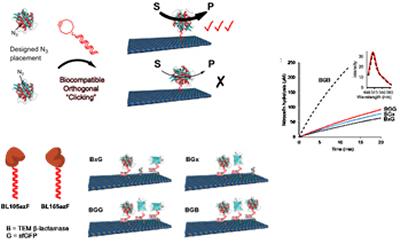Research project: Stulz: DNA origami
DNA origami tiles as well as extended DNA grids provide an excellent platform to orient proteins with high precision. We are using both templates to study the influence of protein orientation on their structure and function.
